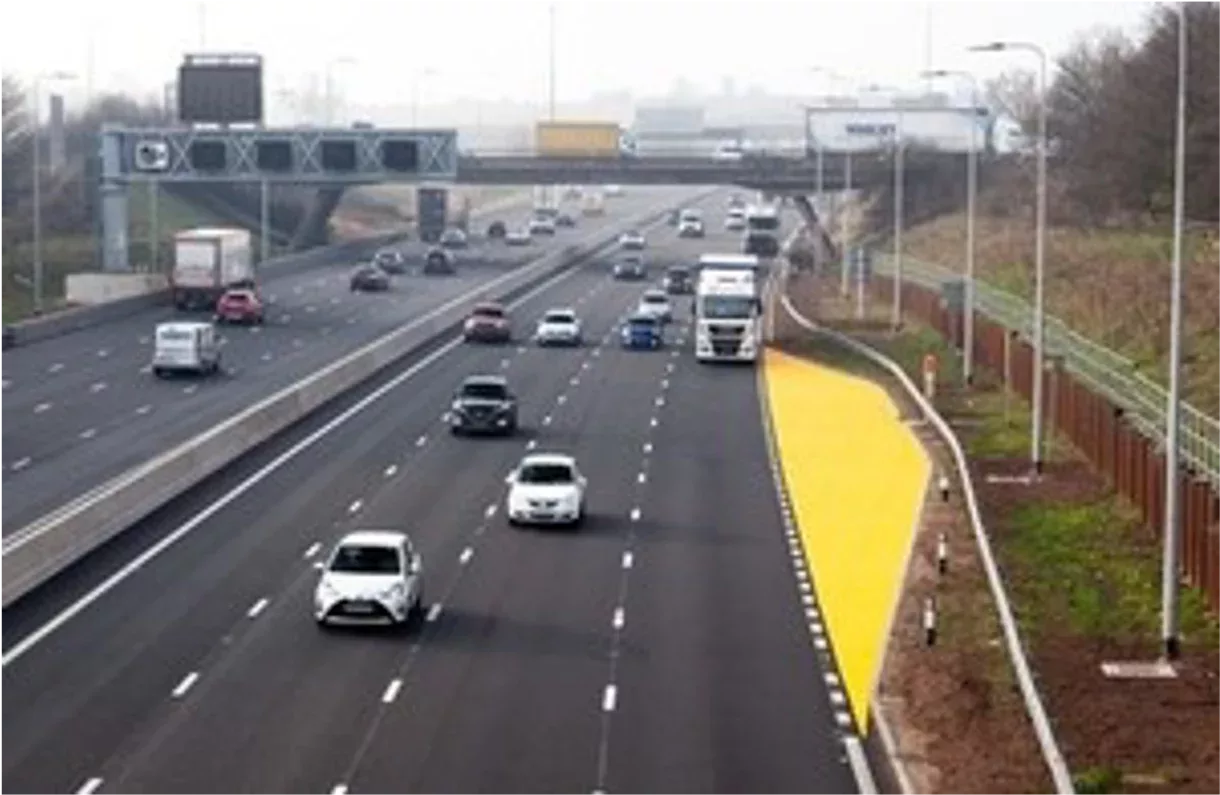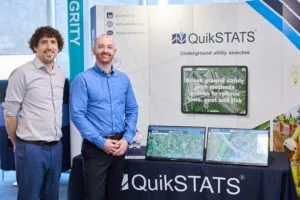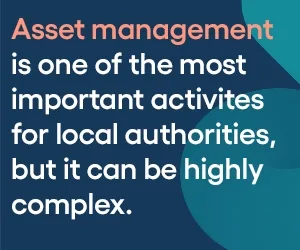The Office of Rail and Road says National Highways is on course to achieve its overall safety target for the Strategic Road Network in England. The company has also met its Stopped Vehicle Detection technology installation targets; however, the system is not yet meeting performance expectations.
This is the first annual assessment from the ORR of safety performance on the strategic road network (SRN) in England. This report includes the operation and effectiveness of the end-to-end safety system on England’s smart motorways.
The report from ORR provides an update on:
- the assessment of National Highways’ 2021 performance against its key performance indicator safety target; and
- the early findings from ORR’s work in relation to the Transport Select Committee smart motorways-related recommendations
The regulator says National Highways appears to be on course to achieve its key safety target to halve the number of people killed or seriously injured on the SRN by 2025, compared to a 2005 to 2009 baseline.
In 2021, 1,857 people were killed or seriously injured on the SRN. This represents a 42.1% reduction against the 2005 to 2009 average baseline of 3,206 people killed or seriously injured per year on the SRN – 261 (12.3%) fewer than in 2019; but an increase of 424 (29.6%) compared to 2020. ORR identifies that there is a risk that the number of casualties could increase if, as expected, traffic levels rise further in 2022 as traffic numbers were still affected by the pandemic in 2021.
Stopped Vehicle Detection (SVD) technology is radar-based technology that is on every all lane running (ALR) smart motorway where the hard shoulder has been permanently converted to a live traffic lane.
ORR reports that National Highways had SVD technology in place on every existing ALR smart motorway by the end of September 2022, six months ahead of its original March 2023 milestone.
Although it is too early to see the full effects, this should be improving safety and reducing the risks associated with stopped vehicles on live lanes on ALR smart motorways.
However this increased pace of delivery, in response to the action plan target which aims to reduce the duration of live lane stops, has given the company limited opportunity to apply lessons learnt.
The ORR’s report shows that notwithstanding the accelerated delivery of the equipment, the actual performance of stopped vehicle detection is falling short of the performance requirements the company set itself.
One issue is false detection rates on ALR smart motorways across all National Highways’ regions, which are substantially above the required maximum. The company’s specification states that false alerts may not constitute more than 15% of all alerts but performance ranged from 63.8% to 83.5% across the regions.
The ORR’s report says that the company is seeking rapid improvements to the SVD technology to achieve the required performance levels by the end of June 2023. The regulator says it is scrutinising the company’s progress and will take further action should it not appear to be on track to achieve the required improvements.
ORR has also been tasked with assessing the efficacy of the 20-point Smart Motorway Action Plan put in place by Government in 2020.
After exploratory work with government and National Highways during 2022, including visits to see the operation of smart motorways on the network, ORR received the first performance data in September 2022 and began its analysis in line with the recommendations from the TSC.
ORR’s report says it is too early to draw firm conclusions on success yet (on reducing the frequency of live lane stops; reducing the duration of live lane stops; and improving driver perception of safety on smart motorways).
However, ORR notes that National Highways has achieved substantial improvements in attendance times for traffic officers and in September 2022 for the first time, National Highways achieved a national average response time of 9 minutes and 49 seconds against the target of a 10-minute national average response time on smart motorways, where the existing spacing between safe places to stop in an emergency is more than one mile.
ORR Chief Executive John Larkinson said: “Our previous work on smart motorway data has shown that these roads are as safe as the motorways they replaced but the number of live lane breakdowns are higher.
“Having the SVD radar detection equipment in place sooner than planned has helped to reduce the duration of these breakdowns more quickly but it’s not working as well as it should.
“While it is still too early to have robust data, it’s clear National Highways needs to urgently improve its performance in this area.”
(Picture – National Highways)




























